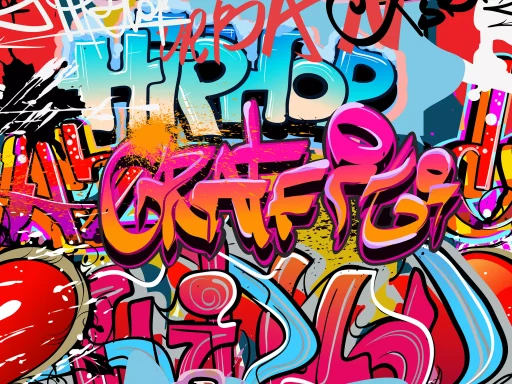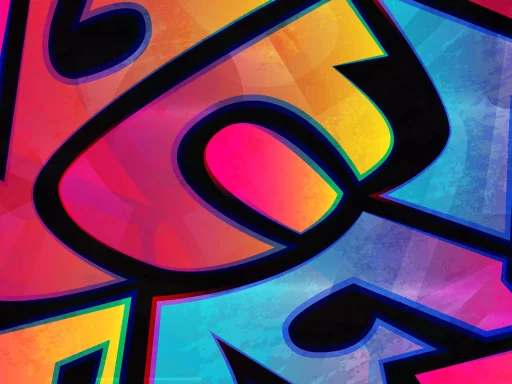Introduction
The term “goblin” has morphed beyond its traditional meaning, which refers to a mythical creature often depicted as mischievous and malevolent. In contemporary slang, it conveys a variety of meanings, largely dependent on context. This article delves into the evolving language of slang, the multiple interpretations of “goblin,” and its significance in modern communication.
Origins of ‘Goblin’ in Slang
The word “goblin” originates from Middle English and Old French, linked to folklore. These small, grotesque beings were believed to cause chaos. Today, however, the word has transcended its original folk roots and has been adopted in popular culture and slang.
Modern Slang Usage of ‘Goblin’
In today’s vernacular, “goblin” can carry different meanings. Here are some common usages:
- A Mischievous Person: Similar to its folk origins, calling someone a goblin can imply that they are up to no good or causing slight trouble.
- Cute but Chaotic: In online communities, especially among younger audiences, “goblin” can refer to someone who is quirky or a little out of control but endearing. This usage often appears in memes.
- As an Endearing Term: It can be used affectionately to describe a friend or partner who exhibits weird or non-conformist traits.
- Low-Energy State: More recently, it has been adopted to describe the feeling of laziness or being unmotivated, particularly during a task like cleaning or working out.
Examples in Context
To better understand how the term “goblin” functions in modern slang, let’s look at some examples:
- “I just spent the weekend in my goblin mood, binge-watching shows and eating snacks. It was glorious!” Here, “goblin mood” refers to a state of laziness and indulging in comfort activities.
- “My little brother is such a goblin; he always makes a mess whenever he plays with his toys.” In this situation, it implies that the brother causes mischief.
- “She’s a bit of a goblin, but that’s why we love her!” This exemplifies the affectionate use of the term, showcasing individuality.
Goblin in Popular Culture
The term has also been popularized through various media, reinforcing its use in slang. A notable example is the character of the Goblin Slayer from the anime series of the same name. Despite his serious and intense nature, the show features a variety of goblin characters who are portrayed in different lights, contributing to both humor and horror.
Case Studies: Social Media Impact
Platforms like TikTok and Twitter play a significant role in the propagation of slang terms. The use of “goblin” has surged among Gen Z users, not just as a term but also as a way to create a community around shared experiences of being quirky or lazy. A viral trend might involve users showing their ‘goblin moments’ — times where they indulge in joyfully lazy or mischievous activities.
According to a survey conducted in late 2022, about 45% of teenagers reported using the term “goblin” in conversations, leading to its popularity among similar slang words. The study indicates that language evolves swiftly in the digital age, where trends can emerge overnight.
Conclusion
Slang often illustrates cultural shifts and the evolution of language. The term “goblin” has successfully traversed its mythical origins to become a versatile expression that captures various nuances of modern behavior. Understanding its meaning allows us to better navigate social interactions and engage with current cultural dialogues.
Engaging with the Term
If you’d like to keep your finger on the pulse of contemporary language, consider incorporating new slang terms like “goblin” into your vocabulary. It could be a fun way to connect with friends and stay relevant in today’s ever-evolving linguistic landscape!






